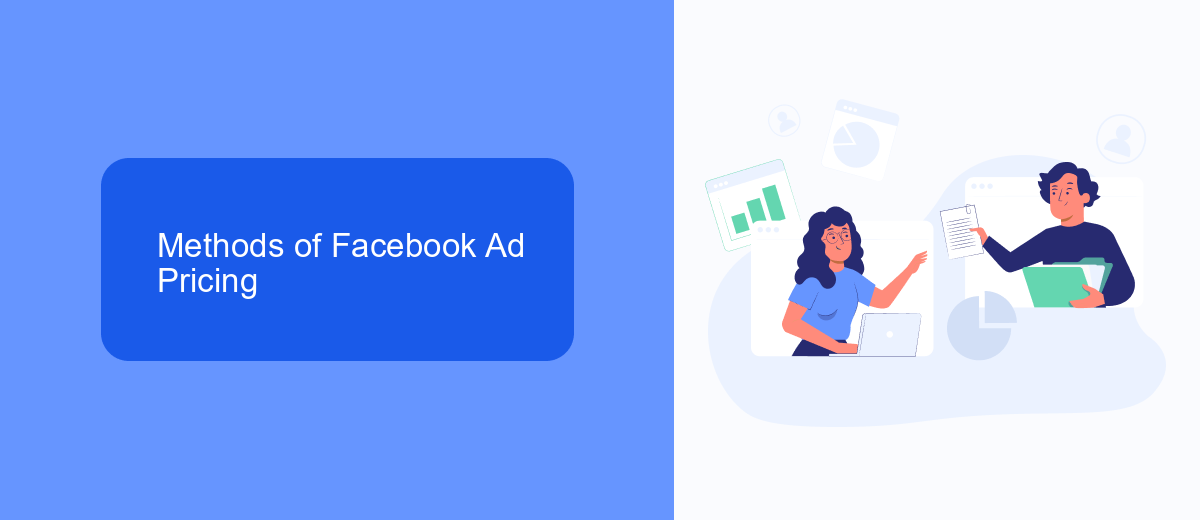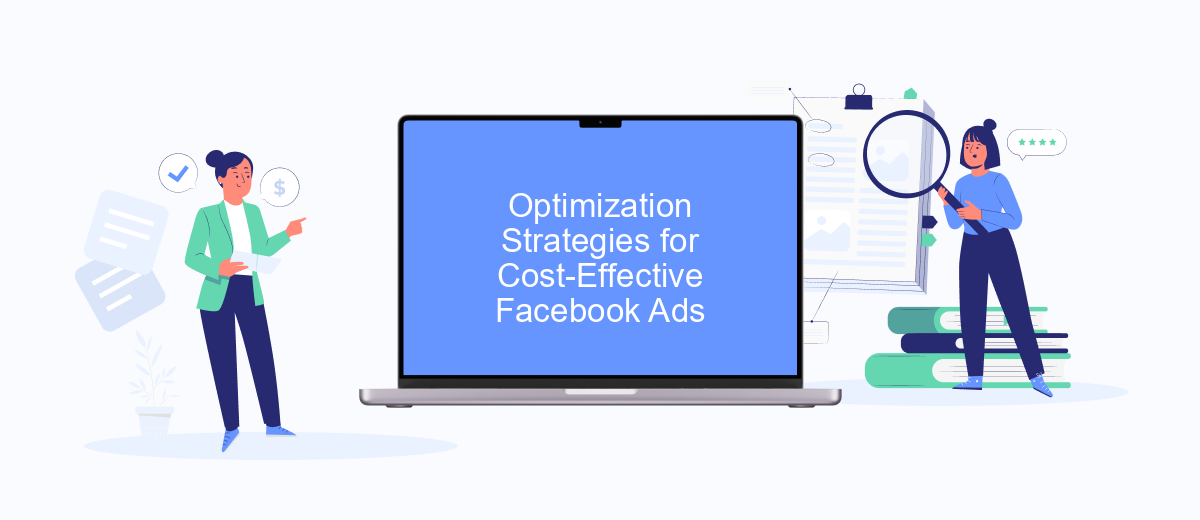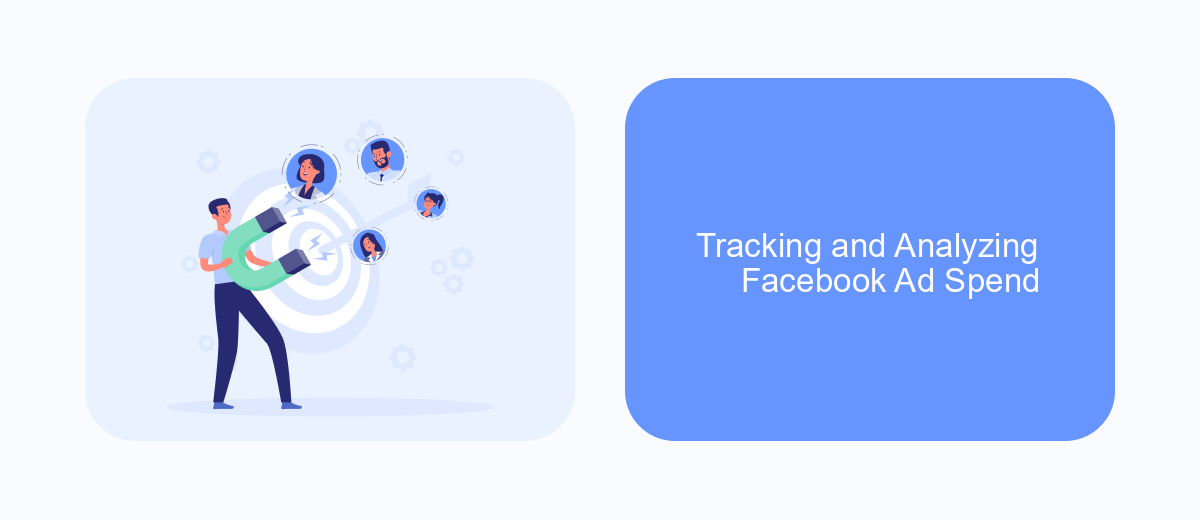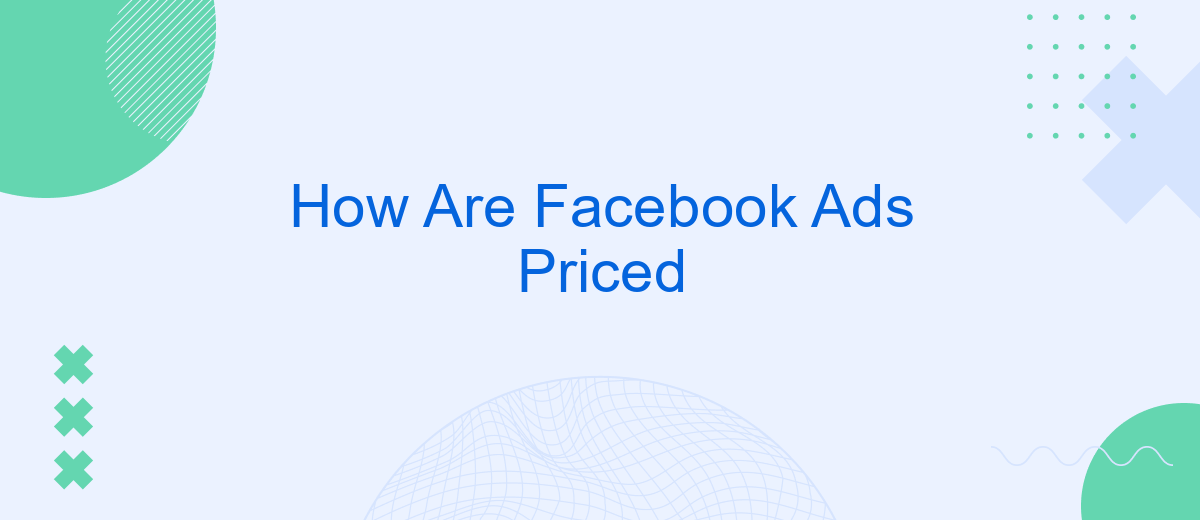Understanding how Facebook ads are priced is crucial for businesses aiming to optimize their advertising budget. This article delves into the various factors that influence the cost of Facebook ads, including bidding strategies, audience targeting, and ad relevance. By exploring these elements, you can make more informed decisions and achieve better returns on your advertising investments.
Factors Impacting Facebook Ad Pricing
Facebook ad pricing is influenced by a variety of factors that determine the cost of your campaigns. Understanding these factors can help you optimize your budget and achieve better results.
- Audience Targeting: The more specific your audience, the higher the cost, as you are competing with other advertisers for the same group.
- Ad Placement: Different placements (e.g., News Feed, Stories, Instagram) have varying costs, with prime spots generally costing more.
- Ad Quality and Relevance: High-quality, relevant ads are rewarded with lower costs by Facebook's algorithm.
- Time of Year: Costs can fluctuate based on demand, with peak times like holidays being more expensive.
- Bid Strategy: Your chosen bid strategy (e.g., cost cap, bid cap) directly impacts your ad costs.
Integrating tools like SaveMyLeads can streamline your ad management and help you stay within budget. SaveMyLeads allows for seamless integration of lead data into your CRM, ensuring you make the most out of your ad spend by targeting the right audience efficiently.
Methods of Facebook Ad Pricing

Facebook uses a dynamic pricing model for its ads, primarily based on an auction system. Advertisers place bids for their ads to be shown to a target audience, and the highest bid generally wins. However, the actual cost is determined by factors such as the quality and relevance of the ad, as well as the estimated action rates. This ensures that ads providing a better user experience are prioritized, potentially lowering costs for high-quality ads. Additionally, Facebook offers different bidding strategies, including cost-per-click (CPC), cost-per-impression (CPM), and cost-per-action (CPA), allowing advertisers to choose the most suitable option for their campaign goals.
To optimize ad spending and improve ad performance, many businesses utilize integration services like SaveMyLeads. This platform helps automate the process of capturing and managing leads generated from Facebook ads, ensuring that valuable customer information is seamlessly transferred to CRM systems or email marketing tools. By streamlining these processes, SaveMyLeads allows advertisers to focus on refining their ad strategies and maximizing return on investment, ultimately making their Facebook ad campaigns more efficient and cost-effective.
Optimization Strategies for Cost-Effective Facebook Ads

Optimizing your Facebook ads for cost-effectiveness involves a combination of strategic planning and continuous monitoring. By employing the right tactics, you can ensure that your ads reach the right audience without breaking the bank.
- Audience Segmentation: Divide your target audience into smaller segments based on demographics, interests, and behaviors. This allows for more precise targeting and reduces wasted ad spend.
- Ad Scheduling: Run your ads during peak times when your audience is most active. Utilize Facebook's ad scheduling feature to maximize engagement and minimize costs.
- A/B Testing: Continuously test different ad creatives, headlines, and calls-to-action to determine what resonates best with your audience. This helps in optimizing ad performance and lowering costs.
- Utilize SaveMyLeads: Integrate your Facebook ads with SaveMyLeads to automate lead management. This service helps in efficiently handling leads, ensuring that your ad budget is used effectively.
By implementing these strategies, you can significantly reduce the cost of your Facebook ads while maintaining or even improving their effectiveness. Regularly review your ad performance and make adjustments as needed to stay ahead of the competition.
Tracking and Analyzing Facebook Ad Spend

Tracking and analyzing your Facebook ad spend is crucial for optimizing your marketing budget and ensuring your campaigns are effective. By closely monitoring your expenditures, you can identify which ads are performing well and which ones need adjustments. This process helps you allocate your resources more efficiently and achieve better results.
One of the key aspects of tracking your ad spend is setting up proper integrations with analytics tools. SaveMyLeads is a valuable service that simplifies the integration process, allowing you to connect your Facebook Ads account with various analytics platforms seamlessly. This integration enables you to have a comprehensive view of your ad performance and make data-driven decisions.
- Monitor your daily and lifetime ad spend
- Analyze the performance of individual ads and campaigns
- Identify trends and patterns in your ad spend
- Optimize your budget allocation based on performance data
By leveraging tools like SaveMyLeads, you can streamline the tracking and analysis of your Facebook ad spend. This not only saves you time but also provides you with the insights needed to maximize the return on your advertising investment. Regularly reviewing your ad spend and performance metrics ensures that your campaigns remain effective and aligned with your marketing goals.
Common Mistakes to Avoid in Facebook Ad Pricing
One common mistake in Facebook ad pricing is not setting a clear budget. Without a well-defined budget, you risk overspending or not spending enough to achieve your desired results. It's crucial to determine your budget based on your marketing goals and the potential return on investment. Additionally, failing to monitor and adjust your budget in real-time can lead to inefficient ad spending and missed opportunities for optimization.
Another mistake is neglecting the importance of audience targeting. Broad or poorly defined audiences can lead to higher costs and lower engagement. Use Facebook's advanced targeting options to reach the most relevant users for your campaign. Also, consider integrating services like SaveMyLeads to automate lead collection and ensure that your ads are reaching the right people. By avoiding these common pitfalls, you can optimize your Facebook ad spending and achieve better results.
- Automate the work with leads from the Facebook advertising account
- Empower with integrations and instant transfer of leads
- Don't spend money on developers or integrators
- Save time by automating routine tasks
FAQ
How are Facebook Ads priced?
What is the average cost of Facebook Ads?
How can I lower the cost of my Facebook Ads?
Does the time of year affect Facebook Ad pricing?
What factors influence the cost of Facebook Ads?
If you use Facebook Lead Ads, then you should know what it means to regularly download CSV files and transfer data to various support services. How many times a day do you check for new leads in your ad account? How often do you transfer data to a CRM system, task manager, email service or Google Sheets? Try using the SaveMyLeads online connector. This is a no-code tool with which anyone can set up integrations for Facebook. Spend just a few minutes and you will receive real-time notifications in the messenger about new leads. Another 5-10 minutes of work in SML, and the data from the FB advertising account will be automatically transferred to the CRM system or Email service. The SaveMyLeads system will do the routine work for you, and you will surely like it.

